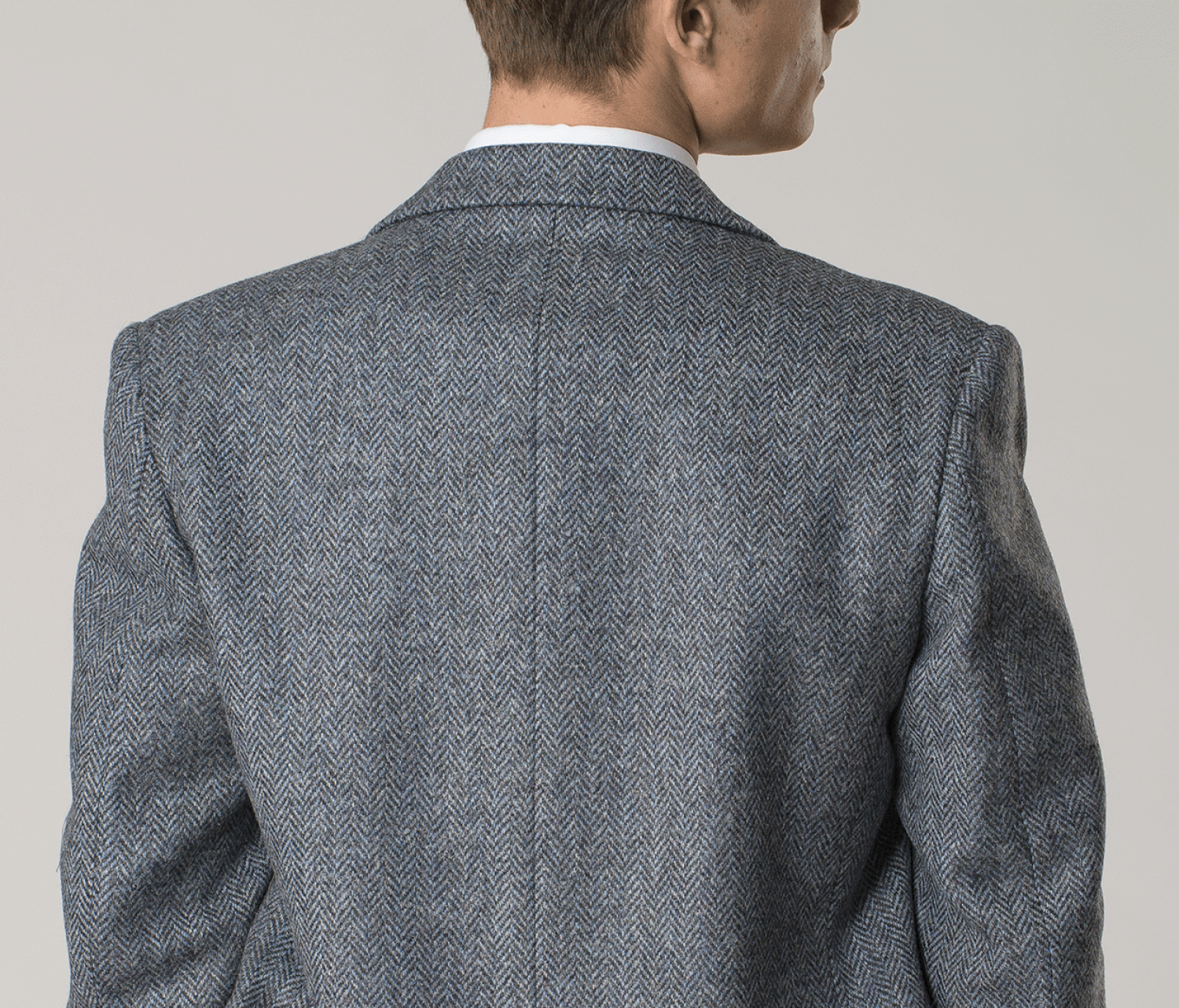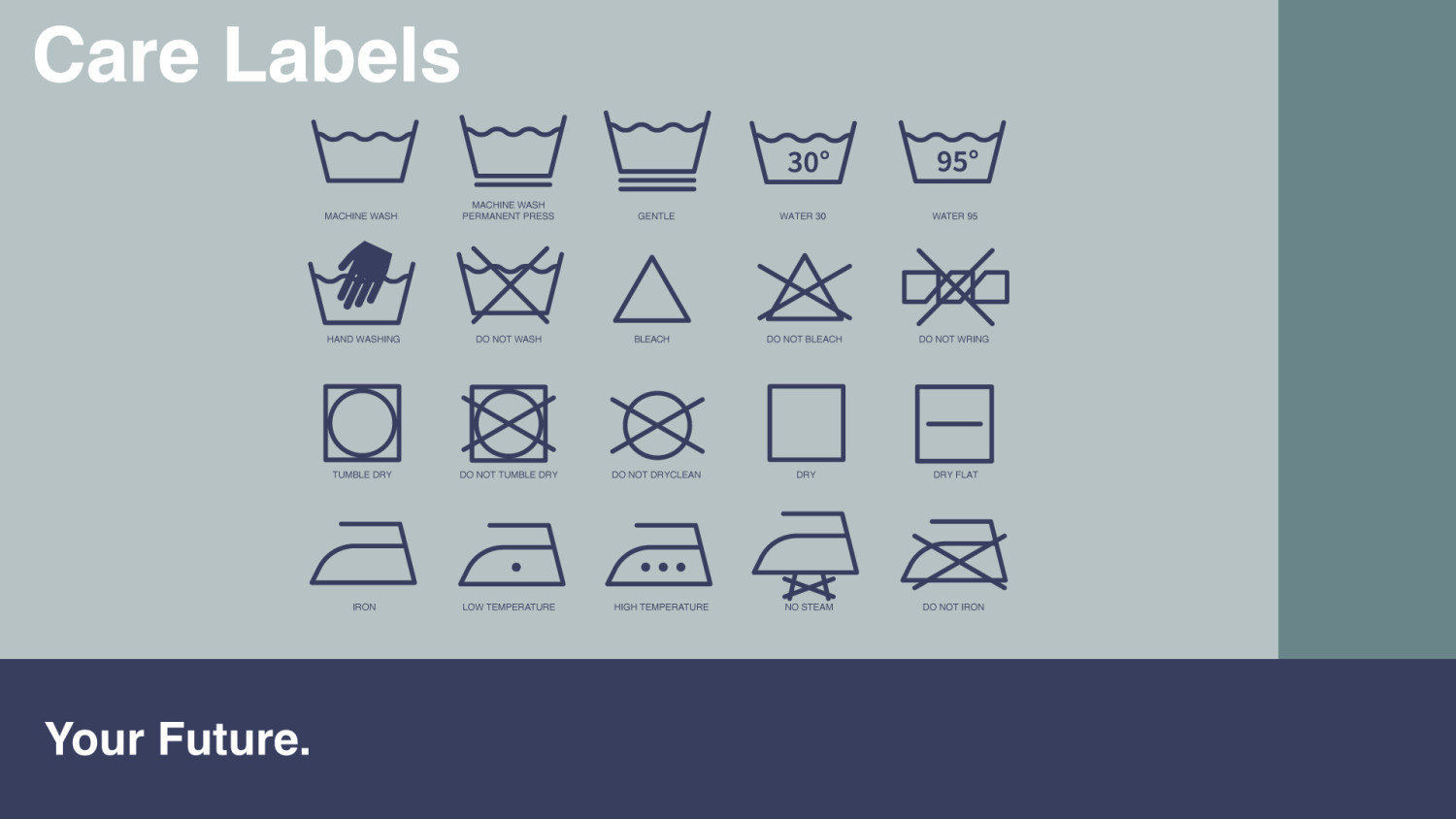
Buying Advice
Starting a new school can be daunting, but Stevensons are here to help make purchasing uniform and sportswear a stress-free experience.
Contact us for specialist advice via our Livechat service or via email Customerservices@stevensons.co.uk. Our expert staff will be happy to talk to you about your child’s individual needs.
Measure your child beforehand, using our handy sizing guide for each garment. Sizes can differ from manufacturer to manufacturer, so if your size range is not shown, please contact us for further advice.
Please order in plenty of time, particularly if you think you may need clothes altered or made to order. Our branches and dispatch teams are naturally busiest at the end of the school holidays so try to avoid leaving it until the last minute!
Remember we have a 365 day returns policy so if your child has a growth spurt before the start of term you can exchange items easily later on. For exclusions please visit our Returns Policy page.
Some schools have a quantity requirement for certain items which we will list on our site. However, for general guidance we advise the following:
Blazers – One is plenty!
Polo Shirts – When worn under pinafores or jumpers, they may not need to be changed every day but it is advisable to buy more than one.
Ties - These have a tendency to get lost, so often parents like to keep a spare to avoid consequences at school.
Jumpers, Cardigans, Skirts & Trousers - Depending on the season, parents find having two of these useful to allow time to launder one whilst wearing the other.
Sports Kit – If your child is a keen sportsperson and plays sport multiple times per week you may need additional quantities of some of the required items. Please refer to your school’s timetable and requirements list for further information.
Special sizes – We can arrange for items outside of our stocked range to be made if required. Please contact our Customer Services team Customerservices@stevensons.co.uk or via Livechat to discuss your requirements and place your order. Please allow up to 12 weeks from order to delivery. Please be aware that orders placed by special request are non-returnable and non-refundable.
Personalisation – For any additional personalisation (not including nametapes) please allow 3-4 weeks for printing or embroidery. This can take slightly longer in peak times
Name Tapes – We are pleased to be able to offer a sewn in Name Tape service to our schools supplied on an online-only basis. For those schools who are supported by our branch service, we are able to supply iron-on name tapes and sew-in name tapes for parents to apply themselves at home. Please order well in advance to have plenty of time to apply them to your child’s clothing ahead of the start of term. Self-applied sew-in name tapes can take up to 1 week to be delivered.
Football boots – Try on with sports socks. Usually bought in a size bigger than school shoes
Ballet Shoes – Come up small and so typically you will require two sizes bigger than normal shoes.
Hockey Sticks – Only supplied right-hand as the game is only played right-handed. When choosing a hockey stick, the top of the stick should reach your hip.
Lacrosse Sticks – Only supplied in one size
Tennis Rackets – Sizing for children is based on height and grip size for adults
Cricket Bats – Sizing is based on height for children and comfort factor for adults
Cricket Gloves – Available either right-handed or left-handed
Cricket Pads – These are ambidextrous and supplied in different sizes. NB: wicket keepers require specific pads
Safety Boot Studs – Remember to buy safety studs if using football boots to play rugby

Garment Care
Welcome to our care label guide, designed to simplify the often confusing world of garment care instructions. We recognise the challenges posed by deciphering those small symbols on clothing tags and so our comprehensive guide aims to provide clear and practical advice on maintaining your garments effectively. From tackling stubborn stains to optimising your laundry routine, we're here to equip you with the knowledge you need to care for your uniform & sportswear with confidence and ease. Following the guidance on the label of your Stevensons garment will ensure it stays in excellent condition for the long haul!
Eco-friendly garment care
We have partnered with RE:GN who develop ethical and eco-friendly products, specifically for garment care. We have a partnership with the Cosmeau’s scent boosters which keep your garments smelling fresh but doesn’t disturb the fabric composition. USE DISCOUNT CODE: STEVENSONS40 For 40% off 10 products *Applies to one-time purchases on scent boosters One use per customer Cannot be used in conjunction with other discounts
https://www.regn.co.uk/?utm_source=google&utm_medium=cpc&utm_campaign=Performance_Max_-_Regn&gad_source=1&gclid=Cj0KCQjw-r-vBhC-ARIsAGgUO2Bk1c-Ye_Y3i2cLtXHnakisAT4IEM6OE62lskl9q3xYmqPZJ1PtvQMaAlb6EALw_wcB
